Sunset over Zone De Captage | Photo Credit: Merie Studios
Dakar, Senegal— Often called “Tropical Paris,” does not just welcome visitors; it leaves an eternal caress in your heart , you’d have a lingering nostalgia even after you’ve left its shores. With an eight-hour direct flight from New York costing around one thousand dollars, Senegal’s visa free policy for U.S citizens with valid passports is a welcome to Western Africa.
The journey begins on Île de Gorée, where time seems to slow, allowing history to thrive. This UNESCO World Heritage site, with its pastel-coloured colonial buildings and winding cobblestone streets, gives you a glimpse of history. At its heart lies the House of Slaves, or “Maison des Esclaves”—a haunting yet necessary reminder of the transatlantic slave trade. Despite its painful past, the island exudes an air of tranquility. When one stands by the exit, also known as the “Door of No Return,” and looks out at the wide Atlantic, one cannot help but feel the depth of history pressing against the present.
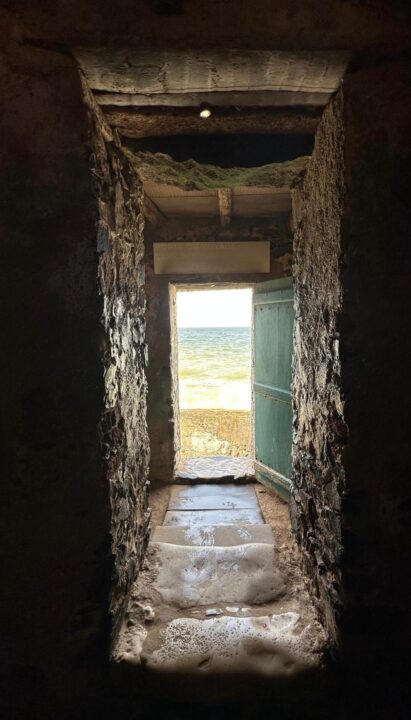
Door of No Return, Gorée Island | Photo Credit: Merie Studios
Back in the city, history takes a 49-meter towering form—the African Renaissance Monument. The climb to the top may leave you breathless, but the sweeping view of Dakar’s coastline stretching infinitely beneath you makes every step worth it. And if nothing else, the windblown selfies are a reward of their own.
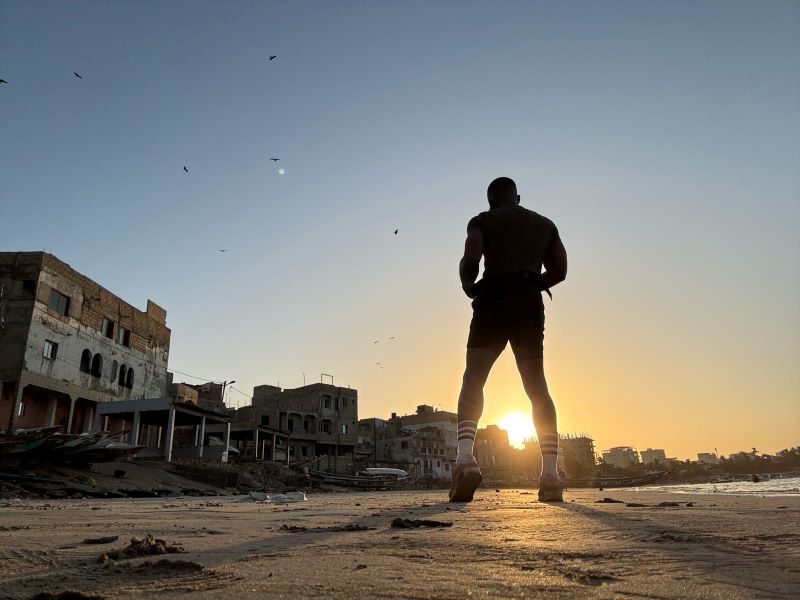
A man watching the sunrise in Ngor Island | Photo Credit: Merie Studios
Dakar’s creative pulse beats strongest in the “Village des Arts”. Here, paintings and sculptures transform space into storytelling, each piece a vivid expression of Senegalese life. The artists aren’t just creators but storytellers. With brushstrokes, conversations flow easily, turning a simple gallery visit into an intimate glimpse into the city’s soul.
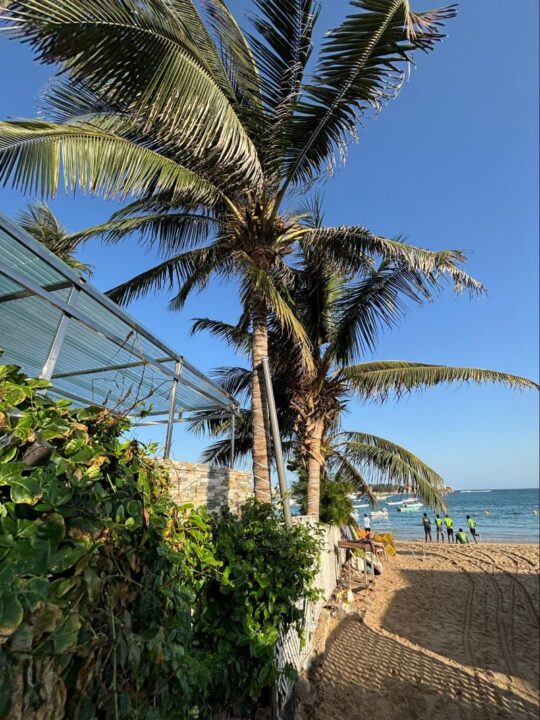
Ngor Island | Photo Credit: Merie Studios
To truly feel the city’s rhythm, you must step into its markets. At “Marché Sandaga,” the air crackles with energy. Every item on display, including elaborate wood carvings, colourful textiles, and handmade jewellery, is a treasure of Dakar just waiting to be brought home. Here, the art of negotiating is more than just a transaction; it is a light-hearted exchange between the buyer and the seller.
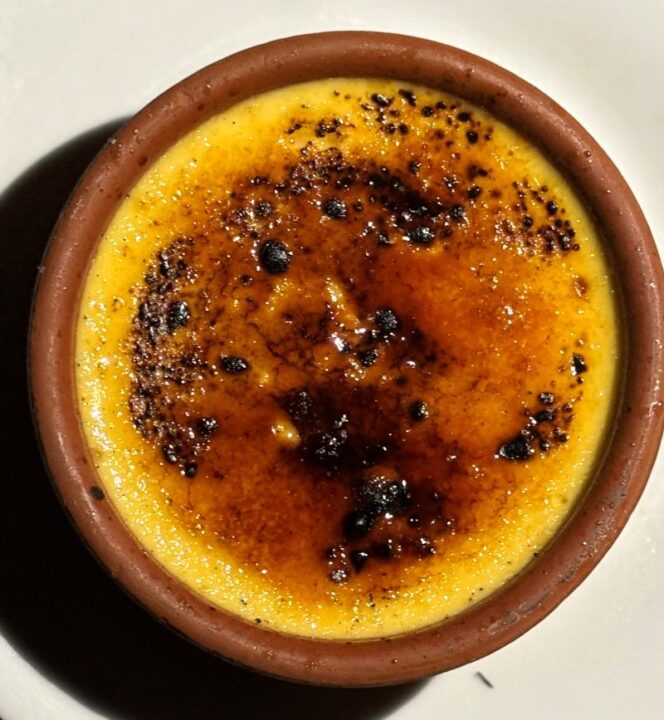
A Crème Brûlée at Phare Des Mamelles | Photo Credit: Merie Studios
For those seeking a quieter escape, Dakar’s coastline offers the perfect retreat. Just a short boat ride away lies “Ngor Island,” a slice of paradise where golden sands meet gentle waves. Ngor reminds you to slow down, breathe, and savor the moment.
And speaking of food, no visit to Dakar is complete without indulging in its cuisine. The city’s streets serve up a feast of flavors—crispy “fataya” (savory pastries), smoky “dibi” (grilled lamb), and the ever-comforting “thieboudienne” (pronounced cheh-boo-jen), Senegal’s beloved national dish. Food here isn’t just food but an introduction to Senegalese warmth; the kind that makes you feel like family.
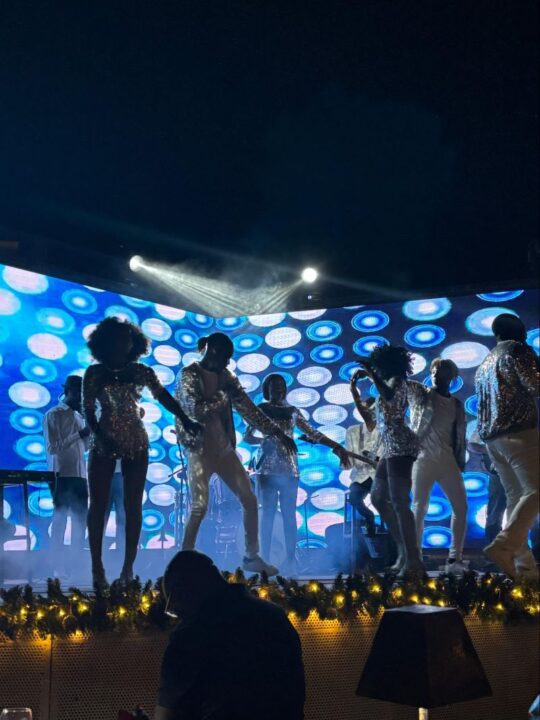
Performers at Phare Des Mamelles | Photo Credit: Merie Studios
Dakar’s spiritual and architectural beauty shines through in the Mosque of the Divinity. Set against the coastline, its intricate design and peaceful atmosphere offer a moment of reflection amidst the city’s vibrant pulse. Just beyond Dakar is the Lake Retba, better known as the Pink Lake. With its surreal, cotton-candy hue, it looks like something out of a dream.
As night falls, Dakar transforms into a symphony of sound. “Mbalax,” a mesmerising blend of jazz, funk, and traditional Senegalese rhythms, originated here. Whether in a lively club or an impromptu street performance, the music is infectious. You don’t need to know the moves; Dakar makes sure you dance anyway.
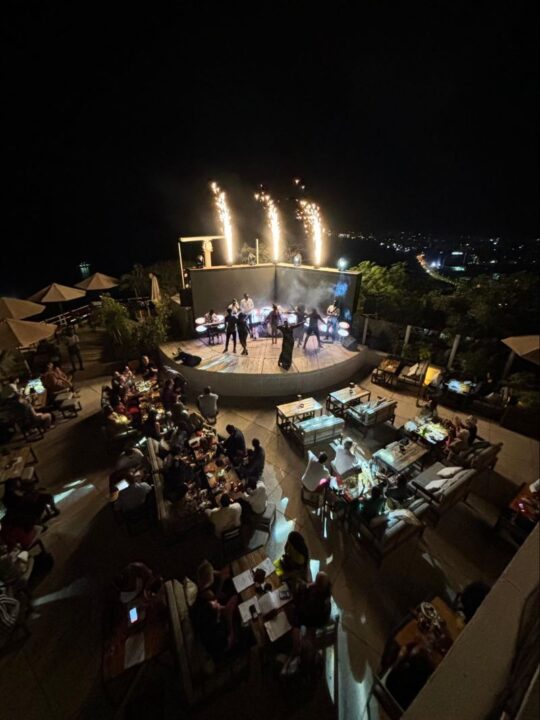
Phare Des Mamelles | Photo Credit: Merie Studios
What really makes Dakar unique, though, are its people, not just its sights, sounds, and flavors. Here, the word “teranga,” which means “hospitality,” is not just a word; it is culture. From the fisherman launching his net at sunrise to the artist creating a masterpiece, from the street vendor grinning knowingly to the musician luring tunes from his drum, Dakar doesn’t just ask you to visit. It asks you to belong, even if only for a little while. So pack your bags, get your shots, and come with an open heart, and feel Dakar’s magic.





